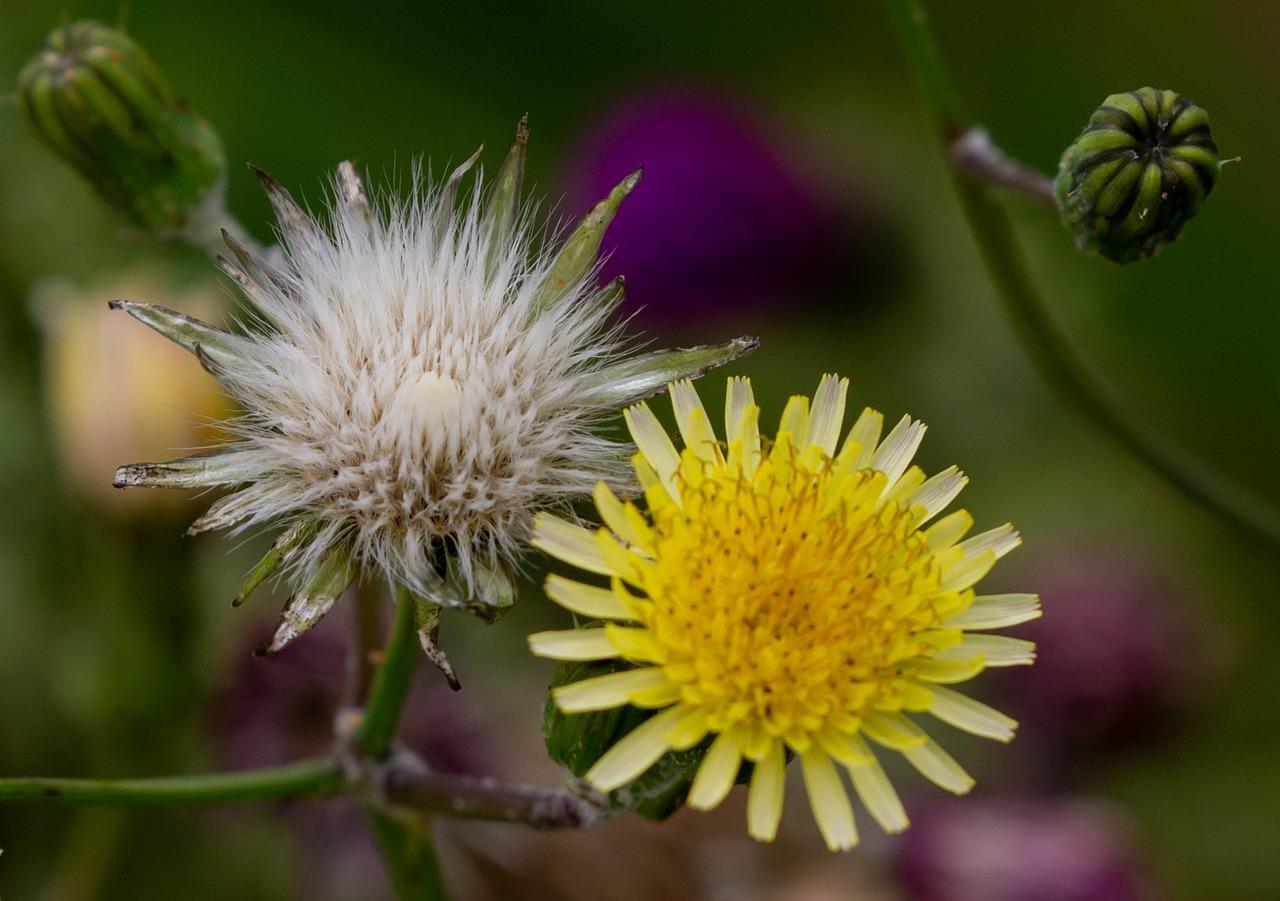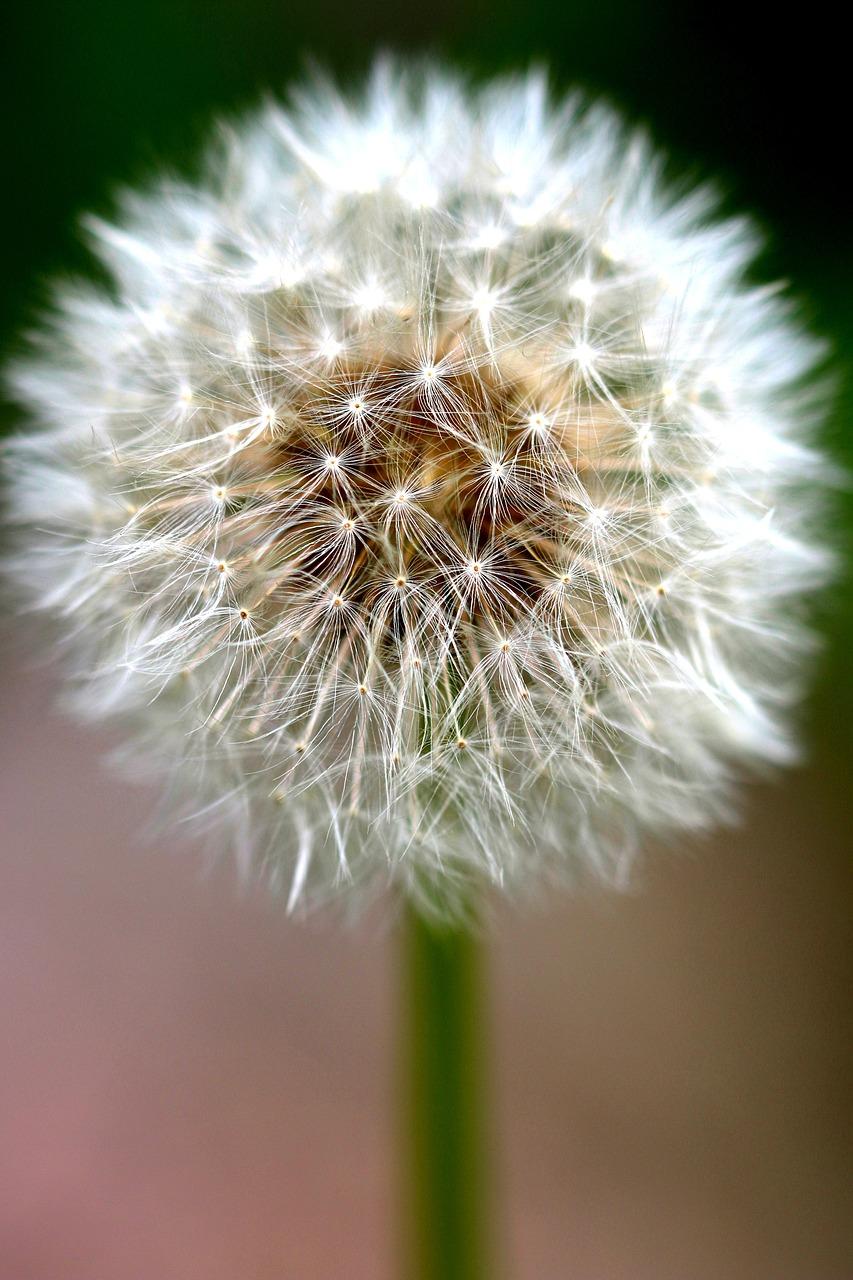When we think about plants, a beautiful image of vibrant flowers often comes to mind. These delicate wonders of nature not only add color to our surroundings but also play a crucial role in the plant’s life cycle. But have you ever wondered how these flowers actually produce seeds? And what about plants that have two different types of flowers? How do they make seeds?
In this blog post, we will explore the fascinating process of seed production in flowering plants and delve into the intriguing world of plants with two kinds of flowers. From the role of flowers in the overall plant life cycle to the specific mechanisms these plants employ to ensure successful seed production, we will uncover the secrets behind this natural phenomenon.
So, whether you are a gardening enthusiast, a curious nature lover, or simply someone intrigued by the wonders of the botanical world, join us as we embark on this journey to discover how plants with two kinds of flowers make seeds. From the most beautiful flower on Earth to the largest plant on the planet, there’s so much to explore and learn. Let’s dive in!

How Do Plants with Two Kinds of Flowers Make Seeds?
Plants are fascinating organisms; they come in all shapes, sizes, and colors. But did you know that some plants have not one, but two kinds of flowers? Yes, you heard that right! These plants, known as “heterostylous” plants, have two variations of flowers, each with different structures and arrangements. Now, you might be wondering, how on earth do these plants produce seeds? Let’s dive into the magical world of plant reproduction and uncover the secrets of these floral marvels!
The Tale of Two Flowers
In the enchanting kingdom of heterostylous plants, there are two types of flowers: the pin flowers and the thrum flowers. Don’t worry; we won’t be discussing bowling techniques or singing dwarves here! These names signify the distinct characteristics of these floral beauties. The pin flowers have long pistils (female reproductive organs) and short stamens (male reproductive organs), while the thrum flowers have short pistils and long stamens. It’s like a classic rom-com, with each flower playing a unique role in the game of reproduction!
The Art of Reproduction
Now, let’s get down to the nitty-gritty of how these plants make seeds. It all begins with a little help from their pollinator friends. Bees, butterflies, and other insect superheroes come to the rescue! They diligently collect nectar from the flowers while simultaneously transferring pollen from one flower to another. It’s a mutualistic relationship where pollinators get a sweet treat, while the plants get a chance to reproduce. Talk about teamwork!
A Match Made in Heaven
When a pollinator visits a pin flower, it picks up pollen from the stamens, which are shorter than the pistil. As the pollinator travels to find its next floral adventure, it unknowingly deposits this pollen onto the long pistil of a thrum flower. It’s like a tiny pollen relay race! Once the pollen reaches the thrum flower, it fertilizes the ovules within the ovary, which later develop into seeds. Voila! The cycle of life continues.
Expanding the Plant Family
The beauty of this floral arrangement is its clever mechanism to promote outcrossing. By having two types of flowers, plants reduce the chances of self-fertilization, which can limit genetic diversity and adaptability. Through cross-pollination between pin and thrum flowers, heterostylous plants increase the chances of mixing different genetic traits, creating a more robust and resilient plant population. It’s nature’s way of ensuring diversity and survival!
An Everlasting Bond
So, dear readers, plants with two kinds of flowers have an ingenious method of making seeds. Through the hard work of dedicated pollinators, the delicate dance of transferring pollen between pin and thrum flowers takes place. And in this dance, new life is created, ensuring the continuation of these magnificent plants for generations to come. Next time you stroll through a garden or meadow, take a moment to appreciate the intricacies of plant reproduction and the hidden wonders that lie within these two kinds of flowers.

FAQ: How do plants with two kinds of flowers make seeds?
Flowering plants, scientifically known as angiosperms, display a fascinating variety of reproductive strategies. One intriguing phenomenon among these plants is their ability to produce seeds despite having two different types of flowers. In this FAQ-style section, we’ll explore the ins and outs of this botanical marvel!
What’s the deal with flowering plants
Flowering plants, or angiosperms, are the Beyoncé of the plant world—sleek, vibrant, and captivating. They’re the most abundant and diverse group of plants on Earth, flaunting their beautiful flowers as a ticket to reproductive success. From the cheerful daisies to the stately roses, each flower serves as a powerhouse of sexual reproduction.
What are the world’s most captivating flowers
While beauty is subjective (just ask your opinionated aunt), there are a few contenders for the title of “most beautiful flower on Earth.” The radiant orchids, with their intricate patterns, and the vivacious tulips, with their kaleidoscope of hues, are often hailed as floral superstars. However, real beauty lies in the eyes of the beholder, so feel free to cast your vote for the blossom that makes your heart skip a beat!
How do these flowers make seeds
Ah, the magic of reproduction! Flowers possess both male and female reproductive organs. The male part, the stamen, produces pollen, while the female part, the pistil, houses the ovary and stigma. When a bee or a gust of wind delivers pollen to the stigma, a romantic rendezvous takes place, and fertilization occurs. This union leads to the development of seeds within the ovary, ensuring the survival of the plant species. It’s like a botanical tango that ends with the creation of future generations!
Which flowers are good for home
If you’re looking to spruce up your living space, a touch of greenery can work wonders! Several flowers thrive indoors, adding life, color, and a pleasant aroma to your sanctuary. Popular choices include the graceful peace lilies, the perky African violets, and the trend-setting succulents. Remember, though, plants are living beings, so be prepared to shower them with love, care, and an occasional serenade!
What’s the secret behind plants with two kinds of flowers making seeds
Ah, the enigmatic world of plants with two kinds of flowers — a true botanical soap opera! Such plants, known as dioecious plants, bear either male or female flowers on separate individuals. It’s like going to a ball where only the ladies or the gentlemen are invited! To ensure seed production, these sneaky plants must rely on cross-pollination. The wind, insects, or even their pollen-wielding neighbors help transfer the pollen from male flowers to female flowers, sealing the deal for seed production. It’s nature’s way of making sure everyone finds love, even if they need a little help from their neighbors!
What role does the flower play in a plant’s life
Flowers are the flamboyant rockstars in a plant’s life, stealing the spotlight in their quest for reproductive fame. Apart from being visually stunning, flowers are crucial for attracting pollinators like bees, butterflies, and even the occasional hummingbird. They put on a show, wafting enticing scents and offering sweet nectar as bribes to these buzzing VIPs. In this mutual love affair, the flowers receive transportation for their pollen, ensuring the spread of genetic diversity and securing their own future through the production of seeds. So, flowers aren’t just pretty faces—they’re botanical matchmakers, ensuring the continuation of life’s green tapestry!
What’s the heavyweight champion of the plant kingdom
Move over, sequoias—it’s time to make room for the heavyweight champion of the plant world! The mighty contender for this title is none other than the humble giant, Pando. Pando is a giant quaking aspen tree colony nestled in Utah, USA, and is renowned for being one of the largest and oldest living organisms on Earth. This interconnected grove of clones covers a whopping 106 acres, showcasing the incredible resilience and longevity of nature’s most extraordinary creations. Truly a heavyweight worth admiring!
Happy gardening and pondering the wonders of the plant kingdom! Keep nurturing those seeds of curiosity, and let nature’s botanical wonders continue to amaze and inspire us all.
Note: The current year is 2023, and this article is purely informative and generated for entertainment purposes.
